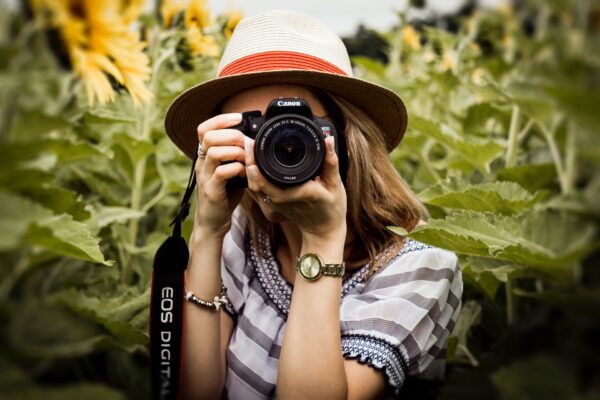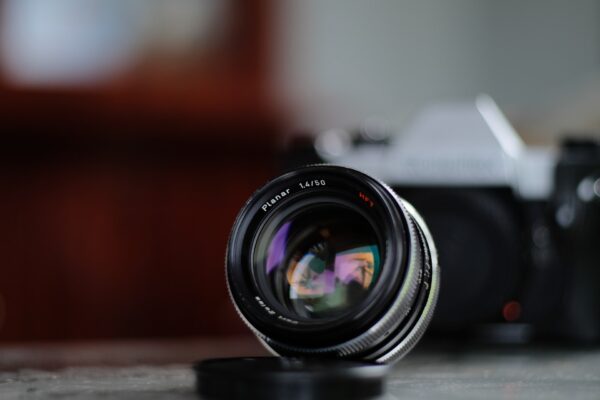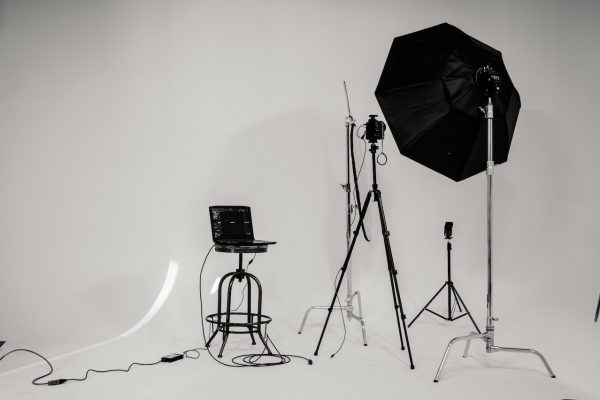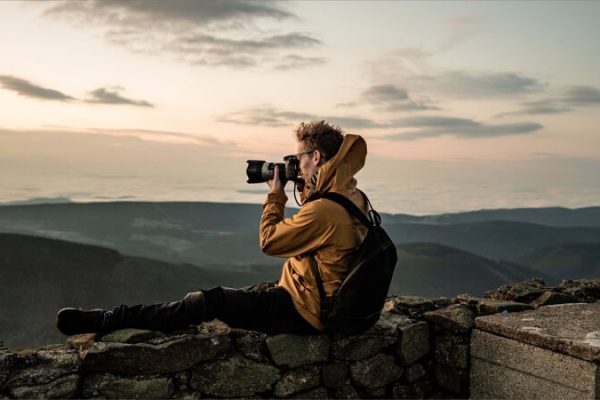Macro photography offers a fascinating glimpse into the intricate details of the world around us, allowing us to capture the beauty of small subjects up close. From tiny insects and delicate flowers to intricate patterns and textures, macro photography reveals a hidden world of intricate details that often go unnoticed by the naked eye. With the right equipment and techniques, photographers can explore this mesmerizing realm and create stunning images that showcase the beauty and complexity of the microcosmos. In this article, we’ll delve into the art of macro photography, exploring techniques, equipment, and creative approaches to capturing captivating close-up images.
Choosing the Right Equipment
One of the first steps in macro photography is selecting the right equipment to capture sharp, detailed images of small subjects. While dedicated macro lenses offer superior image quality and versatility, extension tubes, close-up filters, and macro conversion lenses can also be used to achieve close-up magnification with existing lenses. Consider the focal length, aperture range, and focusing distance of the lens when choosing the right macro equipment for your needs.
Mastering Depth of Field
Depth of field is a crucial aspect of macro photography, as it determines the amount of sharpness in the image and can be used creatively to draw attention to specific areas of the subject. In macro photography, depth of field is often shallow, with only a small portion of the subject in focus while the rest of the image is blurred. To maximize depth of field and ensure critical areas of the subject are sharp, use a narrow aperture (higher f-stop) and focus stacking techniques to combine multiple images with different focus points into a single, fully-focused image.
Exploring Composition
Composition plays a vital role in macro photography, as it allows photographers to create visually appealing and engaging images that capture the viewer’s attention. Experiment with different compositions, angles, and perspectives to highlight the unique features and characteristics of your subject. Consider the rule of thirds, leading lines, and negative space to create dynamic compositions that draw the viewer’s eye to the focal point of the image.
Managing Lighting
Lighting is another critical factor in macro photography, as it can dramatically impact the mood, atmosphere, and visual appeal of the image. Experiment with natural light, diffused light, and artificial lighting sources such as flash or LED lights to achieve the desired lighting effect. Consider using reflectors, diffusers, or small light modifiers to control harsh shadows and highlight textures and details in your macro subjects.
Capturing Details
The essence of macro photography lies in capturing the intricate details and textures of small subjects, revealing a hidden world of beauty and complexity. Pay attention to the fine details, patterns, and textures of your subjects, and use shallow depth of field and selective focus to draw attention to specific areas. Get up close and explore different angles and perspectives to capture unique and compelling images that showcase the beauty of the microcosmos.
Macro photography offers a captivating glimpse into the hidden world of small subjects, allowing photographers to explore intricate details and textures that often go unnoticed by the naked eye. By mastering techniques such as choosing the right equipment, mastering depth of field, exploring composition, managing lighting, and capturing details, photographers can create stunning images that showcase the beauty and complexity of the microcosmos. So why not pick up your camera, venture into the world of macro photography, and discover the mesmerizing details waiting to be explored? With patience, creativity, and attention to detail, you’ll unlock a whole new dimension of photographic possibilities and create images that captivate and inspire viewers.




